Stageworks: Design Your Perfect Stage
Conceptualizing Your Vision: From Idea to Blueprint
Turning a theatrical concept into a breathtaking reality begins long before the curtain rises. The design of your stage is paramount, setting the tone, enhancing the narrative, and ultimately, shaping the audience’s experience. This comprehensive guide will walk you through the crucial stages of designing your perfect stage, from initial brainstorming to final technical specifications.
Consider your production’s genre. A Shakespearean tragedy demands a different aesthetic than a modern absurdist comedy. The style of your set design – minimalist, elaborate, realistic, abstract – should directly reflect the play’s themes and atmosphere. Visual research, mood boards, and detailed sketches are indispensable tools in this initial phase. Explore different architectural styles, color palettes, and material options to find the perfect visual language for your story.
Understanding the Technicalities: Stage Dimensions and Functionality
Stage Size and Configuration:
The physical dimensions of your stage are crucial. Factor in the number of actors, the set pieces required, and the audience seating arrangement. Consider whether you need a proscenium stage, a thrust stage, an arena stage, or a traverse stage, each offering unique possibilities for audience engagement and storytelling.
Lighting and Sound Integration:
Lighting and sound are not mere afterthoughts; they are integral design elements. Plan your lighting rigs and speaker placements during the initial design phase. Consider the placement of lighting cues, sound effects, and microphone positions to maximize their impact and create a cohesive soundscape and visual environment.
Set Design and Construction:
Choose materials that align with your budget and aesthetic vision. Lightweight materials like plywood and foam are cost-effective, while heavier materials like steel and concrete might be necessary for more elaborate structures. Outline a detailed construction plan, ensuring that all set pieces are structurally sound and safe for actors and crew.
Utilizing Technology: Modern Stagecraft and Innovation
Interactive Set Designs:
Explore the possibilities of incorporating interactive elements into your stage design. Moving parts, projections, and augmented reality can dramatically elevate your production, offering a truly immersive experience for your audience. Consider how technology can enhance the storytelling, creating a dynamic and engaging environment.
Virtual Set Design and Pre-visualization:
Utilizing 3D modeling software allows for pre-visualization of your stage design, allowing for changes and adjustments before construction begins. This process not only saves time and resources but also ensures that your vision is realized with precision and accuracy.
Budgeting and Logistics: A Realistic Approach
Realistic budgeting is crucial. Factor in the costs of materials, labor, rentals, and technology. Develop a detailed budget breakdown and stick to it. Collaborate with experienced professionals to find cost-effective solutions without compromising the quality of your production. Time management is equally critical; create a detailed production schedule to ensure timely completion.
Collaboration and Communication: A Team Effort
Stage design is a collaborative effort. Foster open communication between the director, set designer, lighting designer, sound designer, and technical crew. Regular meetings and feedback sessions are crucial for ensuring a unified vision and a smooth production process. Effective communication prevents costly mistakes and fosters a creative and productive environment.
Conclusion: Embracing the Artistic Process
Designing your perfect stage is a journey of creativity, innovation, and meticulous planning. By considering these factors, from conceptualization to technical execution, you can transform your theatrical vision into a captivating and unforgettable experience for your audience. Remember to embrace the artistic process, experiment, and most importantly, allow your unique vision to shine through.


